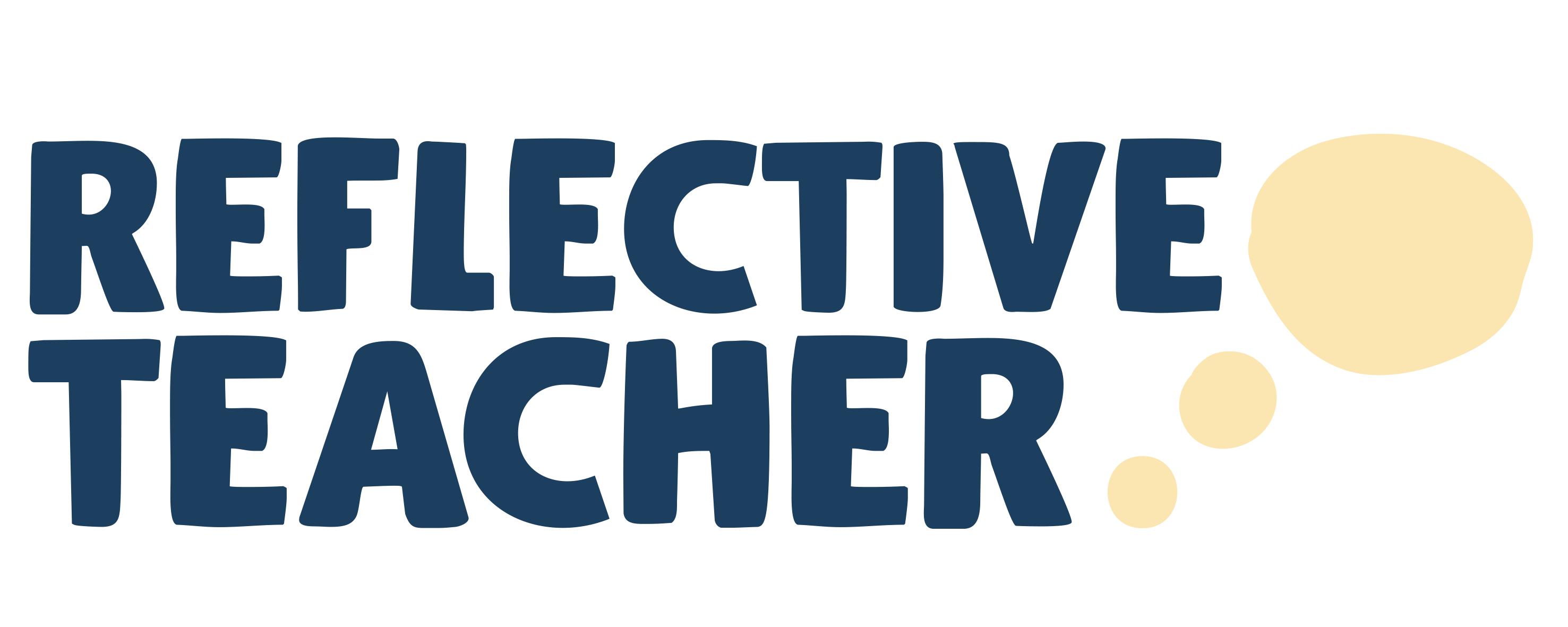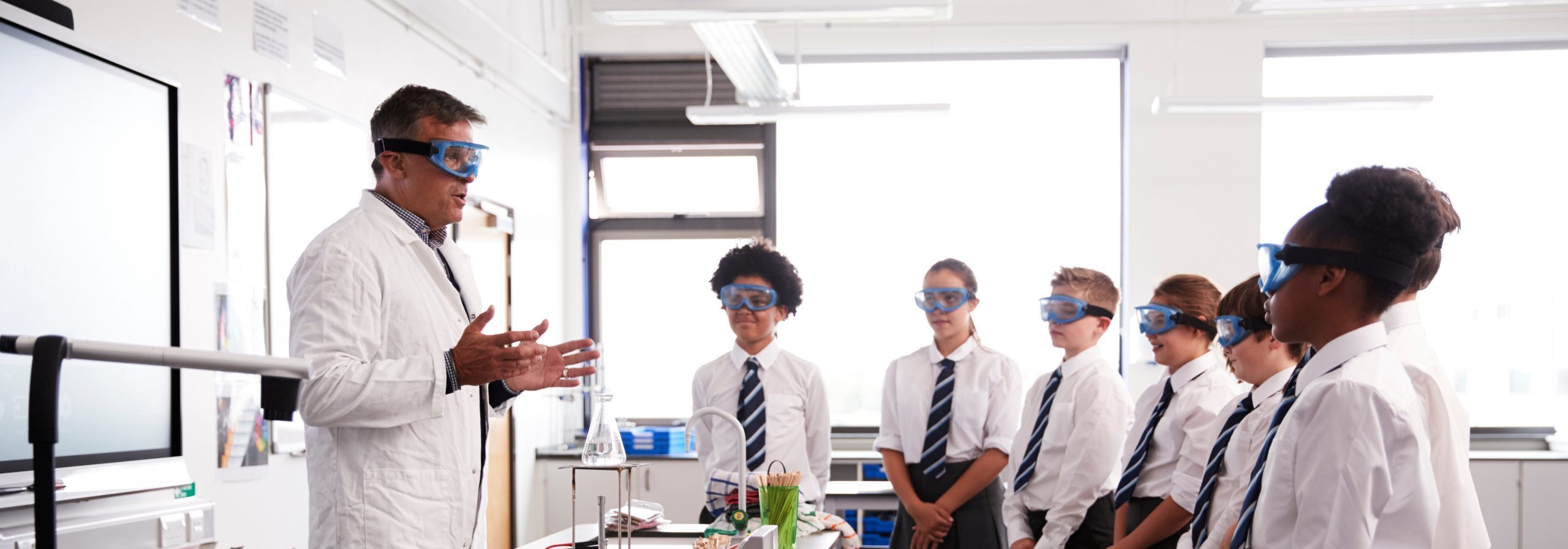Closing the gaps: Focusing on teacher performance to improve attainment post-Covid
The Covid-19 pandemic has had an enormous effect on education, teacher performance and, in particular, pupils’ learning. As all senior leaders will know, school staff are now having to redouble their efforts to minimise the negative consequences.
“Schools have worked tirelessly to limit the impact of Covid-related disruption on their pupils,” says the Education Endowment Foundation on its website.
“Now, many will be looking ahead to ensure that they are able to provide sustained support, restoring learning that might have been lost since the onset of the pandemic, along with addressing future school improvement priorities,” adds the charity, which works to support teachers and senior leaders to raise attainment and close the disadvantage gap.
It comes to a clear conclusion: that the major focus for achieving this should be on high-quality teaching. “The best available evidence indicates that great teaching is the most important lever schools have to improve outcomes for their pupils,” it says.
Here, Russ Atkinson, Principal at Duke’s Secondary School in Northumberland, shares his views on the current situation and explains the actions his school is taking to help reduce the impact of the pandemic.
Dealing with the aftermath of Covid
We’re focusing on trying to fill the gaps in students’ learning, but we feel we’re having to do that faster than many other schools around the country. Everybody’s in the same boat in terms of the time missed, but we find that, coming from a school with more disadvantaged students, they’ve been proportionately hit harder than many other students.
Under normal circumstances, it’s a tough enough job trying to get the students to make the grades that they need to make progress in their lives. Now we’re having to run that race twice as quickly this year, to try and fill those gaps.
It’s particularly challenging because you often don’t know what gaps you’re making up for. That is, you don’t know whether or not the students did the work or not while they were off school.
Then add to that the fact that some 60% to 70% of our staff have been absent with COVID since the start of this academic year. Therefore, even more learning days have been lost by the students and that’s increased the impact on them. Not only have the students got to catch up, and work harder than ever this year, they haven’t always got the staff in front of them to help them do that.
Making interventions
We’re putting in place lots of interventions for the students, such as after-school sessions, lunchtime sessions, before-school sessions, and so on. We’ve also employed additional English and maths tutors.
Where we’re identifying there are gaps with specific students, we’re trying to fill them with those extra sessions. But it’s hard for them when somebody says to you: You’re struggling in maths, so you need to do some more maths.
Therefore, we’re doing everything we can to ensure that students get high-quality lessons in the first instance.
The importance of high-quality teaching
All of our catch-up efforts are only worthwhile if the quality of the lessons that they’re getting is of a high standard. If a student is sitting in front of a teacher that’s delivering a poor lesson, they could be there for 10 hours and still won’t learn anything. Whereas a highly effective teacher could get across the necessary information and learning in a fraction of the time.
Anyone in education knows that the biggest impact on children’s attainment comes through high-quality teaching. And the higher the quality of the teaching, the greater chance the child has of successful outcomes.
The child might be getting an extra hour of maths a fortnight or a week, but they’ve still got four or five hours of regular maths lessons every week. Therefore, that’s the area that’s going to make most impact on them.
How reflective teaching practice helps
I firmly believe that reflective practice is the most effective tool for teachers to improve.
I’ve spent a lot of time over the last few years thinking through the question: why don’t a lot of teachers get better at what they’re doing when they spend so much time doing it? I came to the conclusion, with a few colleagues, that it’s because they’re not practising in the right areas, and those areas haven’t been identified properly.
The old style of lesson observation, where you graded a teacher over 20 different strands and said at the end that was a ‘good’ lesson or that was a ‘requires improvement’ lesson, seems ridiculous.
Now, instead, we ask a teacher to identify specific areas they want to focus on, and then that forms their performance journey over the course of that school year. If they can get better in just two areas of their practice, that’s usually more than they would have done without having that focus.
I always like to compare it to professional footballers. So many make improvements up to the age of 20 but don’t get any better after that, even though they’re playing every day of their lives. Why is that? The ones that do continue to get better – the outstanding ones like Cristiano Ronald or Lionel Messi – are the ones who are practising in the right ways.
And that’s what teachers should be doing: focusing on their areas of weakness and making them better.
Get in touch now to find out more about how the right practices – and the right tools to support them – can help your school narrow the gaps caused by Covid.



Comments are closed